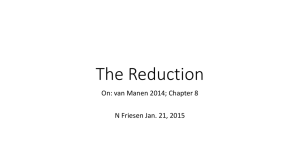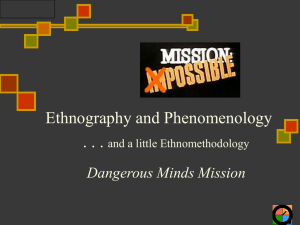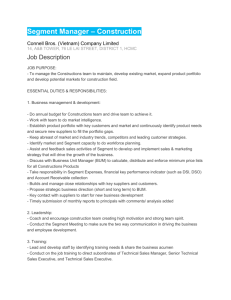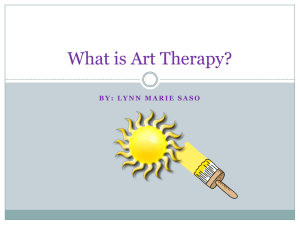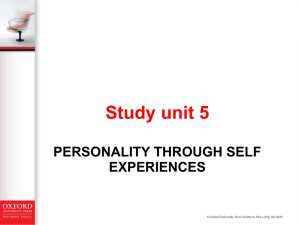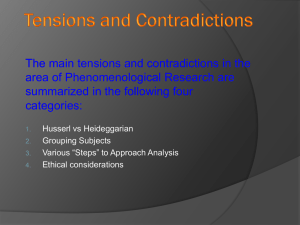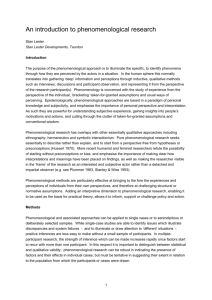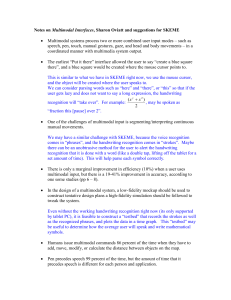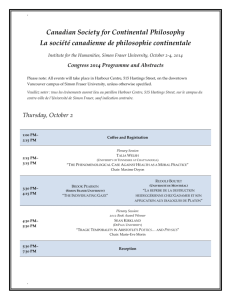View/Open
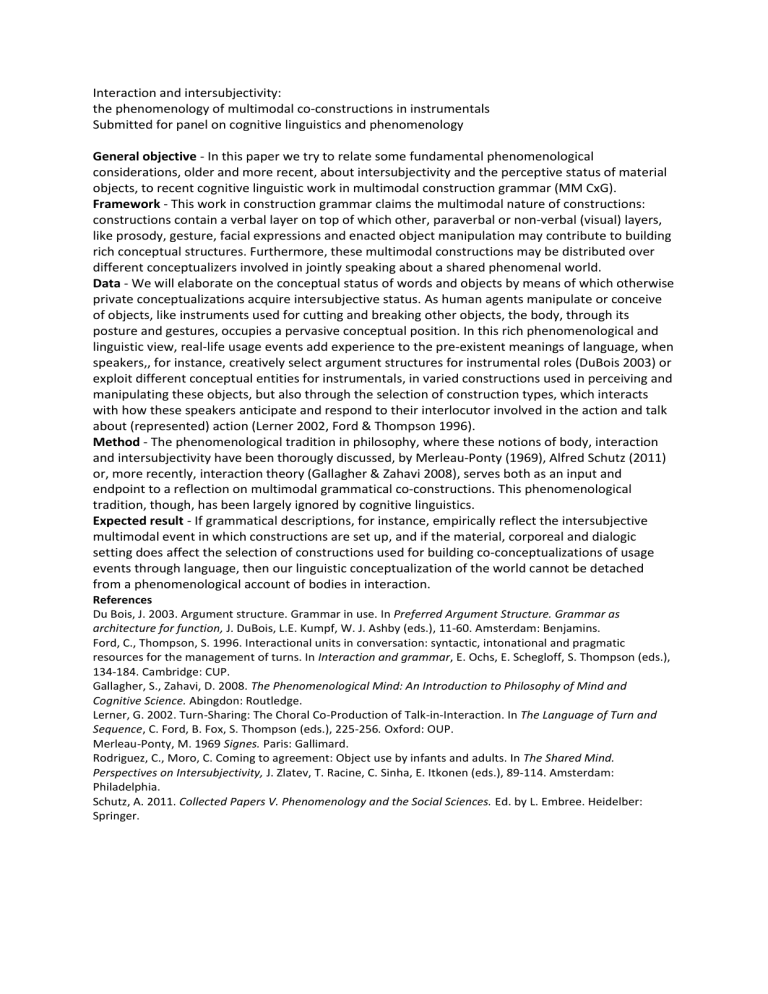
Interaction and intersubjectivity: the phenomenology of multimodal co-constructions in instrumentals
Submitted for panel on cognitive linguistics and phenomenology
General objective - In this paper we try to relate some fundamental phenomenological considerations, older and more recent, about intersubjectivity and the perceptive status of material objects, to recent cognitive linguistic work in multimodal construction grammar (MM CxG).
Framework - This work in construction grammar claims the multimodal nature of constructions: constructions contain a verbal layer on top of which other, paraverbal or non-verbal (visual) layers, like prosody, gesture, facial expressions and enacted object manipulation may contribute to building rich conceptual structures. Furthermore, these multimodal constructions may be distributed over different conceptualizers involved in jointly speaking about a shared phenomenal world.
Data - We will elaborate on the conceptual status of words and objects by means of which otherwise private conceptualizations acquire intersubjective status. As human agents manipulate or conceive of objects, like instruments used for cutting and breaking other objects, the body, through its posture and gestures, occupies a pervasive conceptual position. In this rich phenomenological and linguistic view, real-life usage events add experience to the pre-existent meanings of language, when speakers,, for instance, creatively select argument structures for instrumental roles (DuBois 2003) or exploit different conceptual entities for instrumentals, in varied constructions used in perceiving and manipulating these objects, but also through the selection of construction types, which interacts with how these speakers anticipate and respond to their interlocutor involved in the action and talk about (represented) action (Lerner 2002, Ford & Thompson 1996).
Method - The phenomenological tradition in philosophy, where these notions of body, interaction and intersubjectivity have been thorougly discussed, by Merleau-Ponty (1969), Alfred Schutz (2011) or, more recently, interaction theory (Gallagher & Zahavi 2008), serves both as an input and endpoint to a reflection on multimodal grammatical co-constructions. This phenomenological tradition, though, has been largely ignored by cognitive linguistics.
Expected result - If grammatical descriptions, for instance, empirically reflect the intersubjective multimodal event in which constructions are set up, and if the material, corporeal and dialogic setting does affect the selection of constructions used for building co-conceptualizations of usage events through language, then our linguistic conceptualization of the world cannot be detached from a phenomenological account of bodies in interaction.
References
Du Bois, J. 2003. Argument structure. Grammar in use. In Preferred Argument Structure. Grammar as
architecture for function, J. DuBois, L.E. Kumpf, W. J. Ashby (eds.), 11-60. Amsterdam: Benjamins.
Ford, C., Thompson, S. 1996. Interactional units in conversation: syntactic, intonational and pragmatic resources for the management of turns. In Interaction and grammar, E. Ochs, E. Schegloff, S. Thompson (eds.),
134-184. Cambridge: CUP.
Gallagher, S., Zahavi, D. 2008. The Phenomenological Mind: An Introduction to Philosophy of Mind and
Cognitive Science. Abingdon: Routledge.
Lerner, G. 2002. Turn-Sharing: The Choral Co-Production of Talk-in-Interaction. In The Language of Turn and
Sequence, C. Ford, B. Fox, S. Thompson (eds.), 225-256. Oxford: OUP.
Merleau-Ponty, M. 1969 Signes. Paris: Gallimard.
Rodriguez, C., Moro, C. Coming to agreement: Object use by infants and adults. In The Shared Mind.
Perspectives on Intersubjectivity, J. Zlatev, T. Racine, C. Sinha, E. Itkonen (eds.), 89-114. Amsterdam:
Philadelphia.
Schutz, A. 2011. Collected Papers V. Phenomenology and the Social Sciences. Ed. by L. Embree. Heidelber:
Springer.
